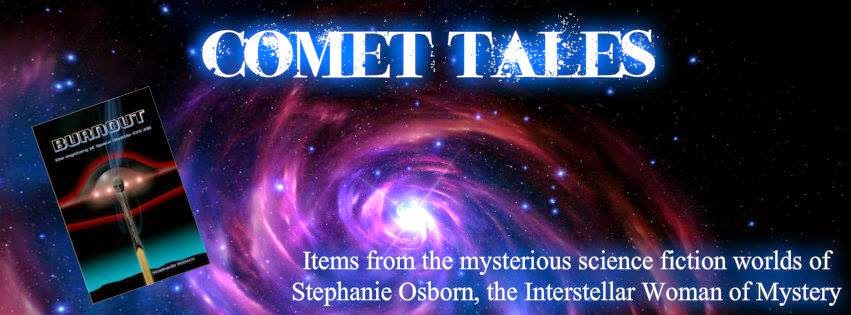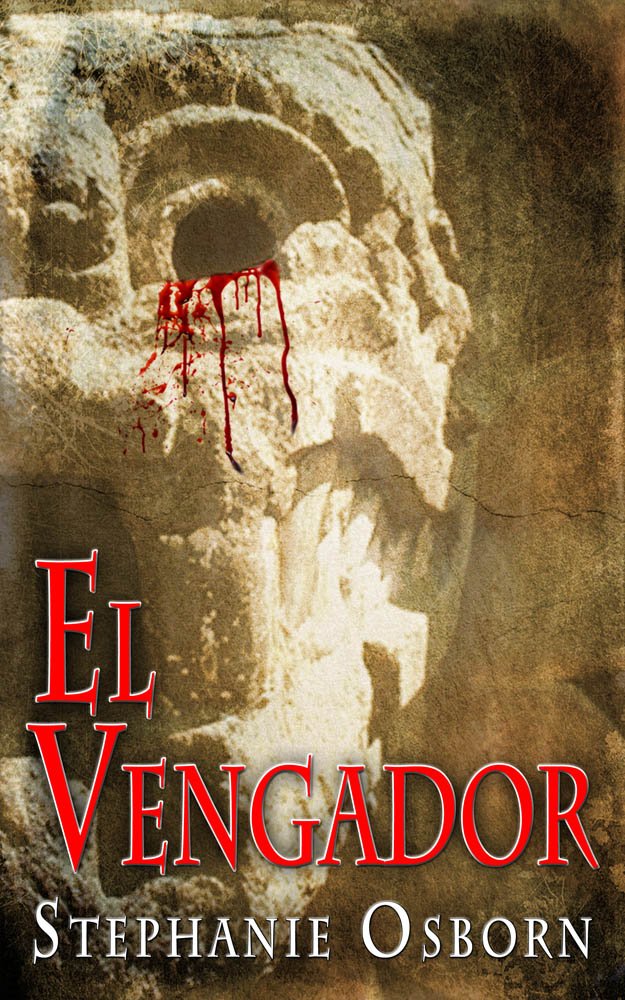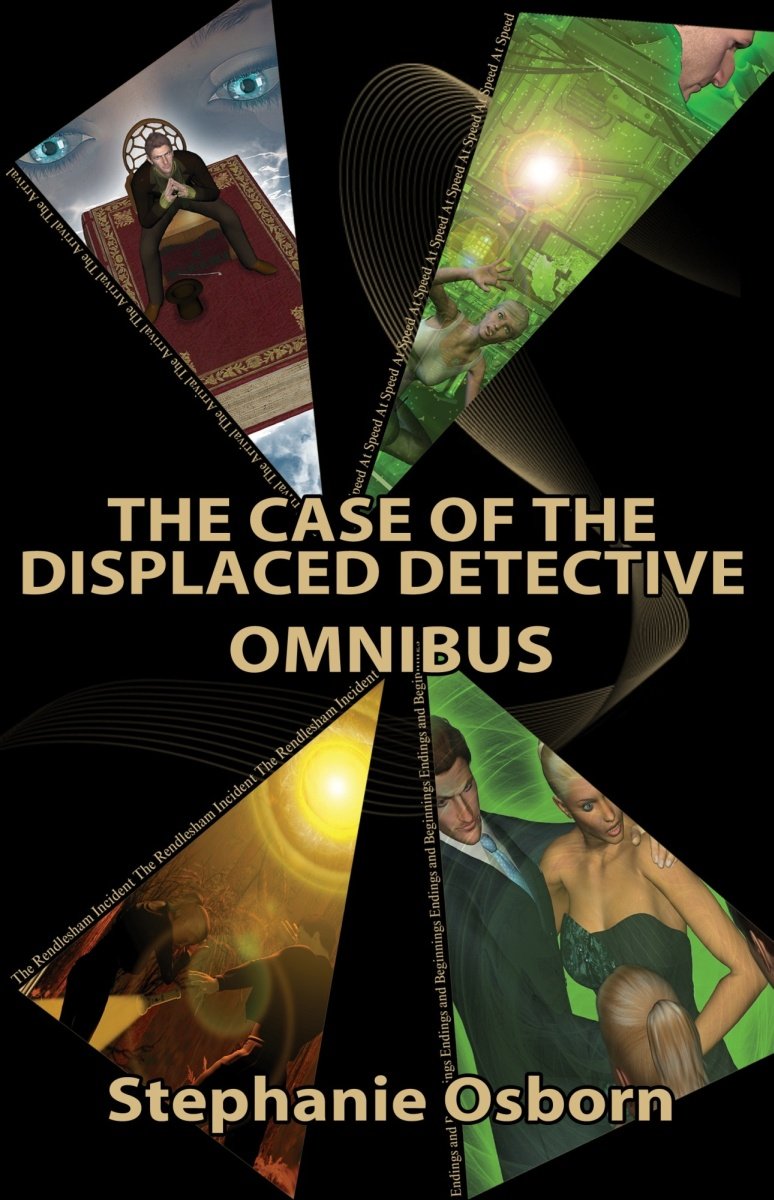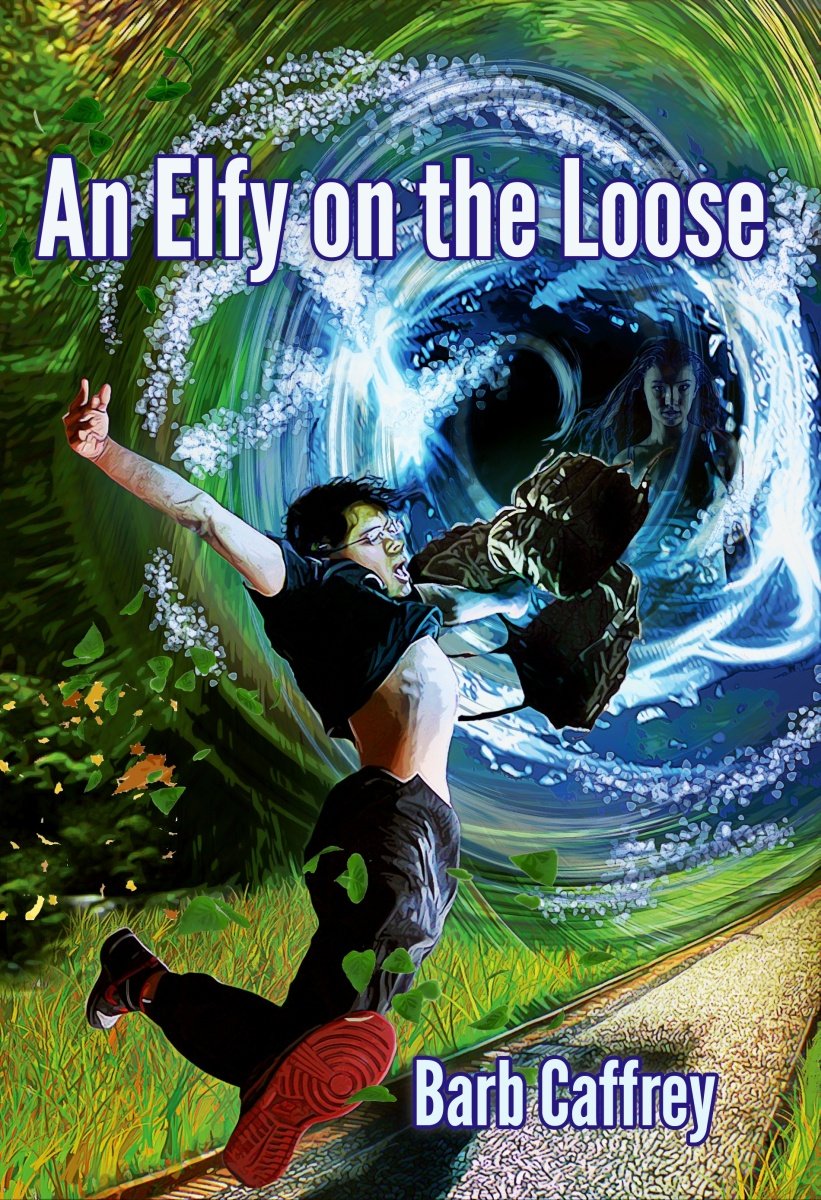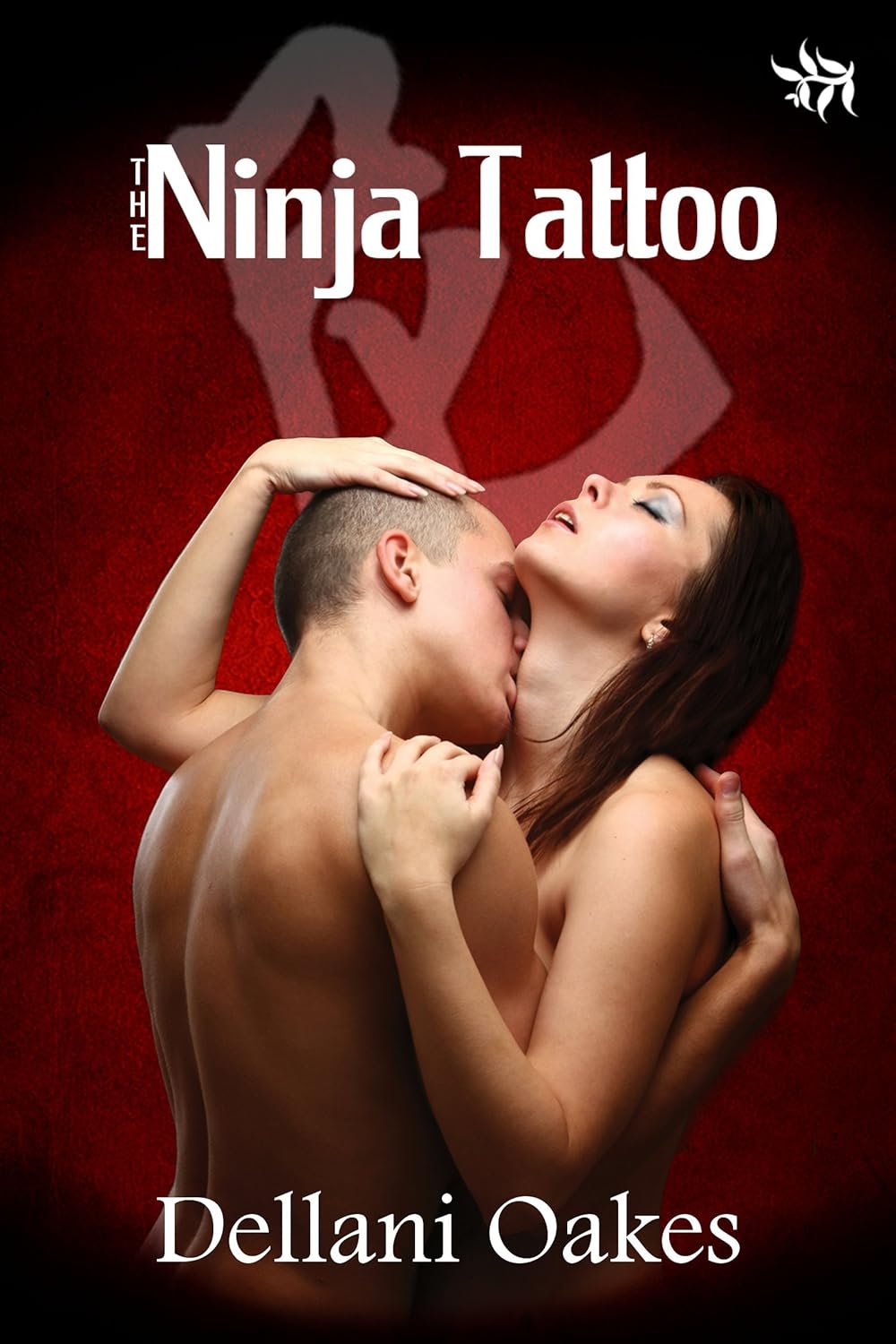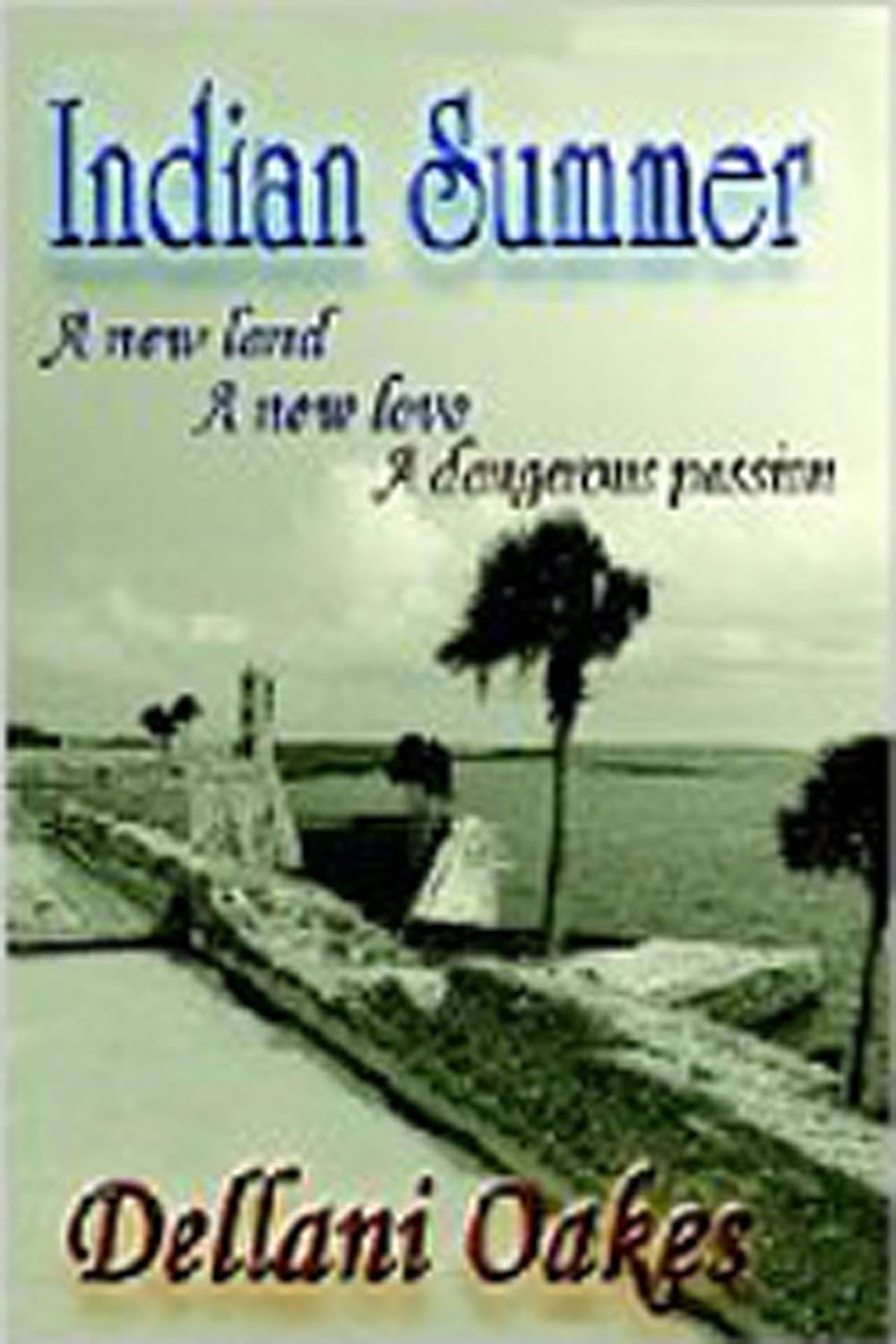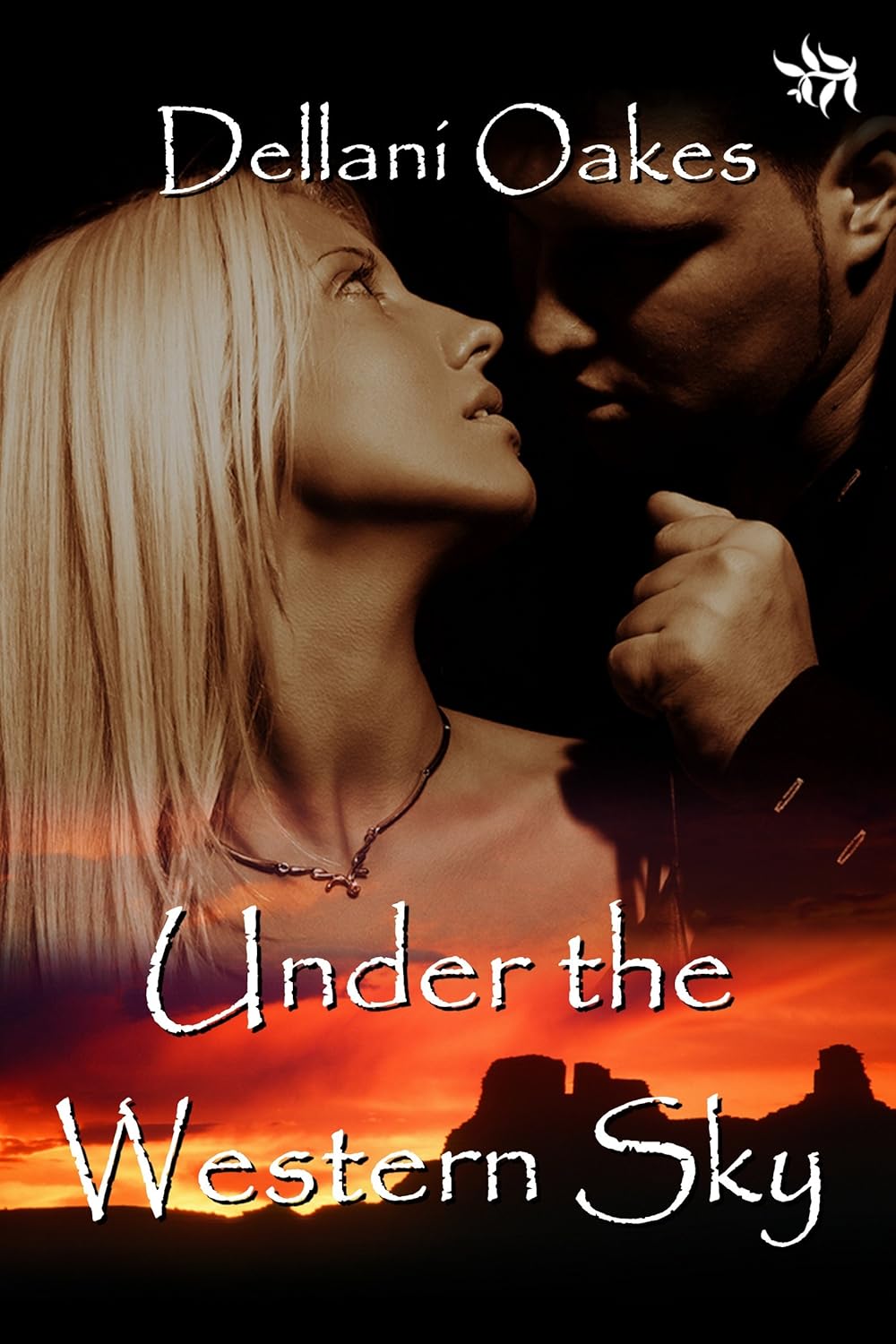http://www.stephanie-osborn.com
Today we have a completely different take on developing characters, and that is how their tastes in the arts helps to form and shape those characters. My friend Aaron Lazar will be talking about that, this week and next week. Let's get right to it, because I'm realizing that this is a really good technique, and one which I think I've used myself without being fully aware of it...
~~~
Aaron:
Does Music Move Your Characters
Forward?
Part 1
[copyright Aaron Paul Lazar, July 9, 2014]
Yesterday I was
listening to audiobook tracks from my second Sam Moore Mystery, Terror Comes Knocking,
recorded by accomplished actor/narrator, Mr. Robert King Ross. Mr. Ross does a
wonderful job representing Sam Moore in this book, and also has a great knack
for dialog. In this scene, Sam and Rachel were listening to music together, and
it brought them closer at a time of life when most sensuous moments had faded
to memories because of Rachel Moore’s deteriorating condition with multiple
sclerosis. The scene is a poignant moment for both characters, and it made me
think about how music can be used to develop characters’ personalities, as well
as emphasizing their complex backstories without dumping information on the
reader. (Listen to sample here.)
As I drove along the
highway headed in the direction of home, it struck me that writing about
a character listening to a singer, or playing a piano, or being engulfed in an
opera can be quite challenging. I love music (who doesn't?) and try hard
to describe my own reactions to listening during some of these scenes. I also
find that it can be an especially nice spot to insert a little poetry, for
those of us who try not to be too flowery within the bulk of our prose, but who
love describing flowers dripping down a stone wall or the heady scent of
essential oils wafting through the air.
In chapter twenty of Terror Comes Knocking, Sam's wife Rachel
just received surgery for two dislocated and fractured shoulders. (That really
happened to my wife, Dale, a few years back...long story!) This segment describes
their ride home from the hospital.
Let me know what you think of the musical aspect of this partial scene - and see if you can tell which aspects of my character(s) I intended to emphasize. Sam reveals a lot about his marriage and life with inner thoughts, and I find passages like this help to clarify the “character of ones characters.”
Let me know what you think of the musical aspect of this partial scene - and see if you can tell which aspects of my character(s) I intended to emphasize. Sam reveals a lot about his marriage and life with inner thoughts, and I find passages like this help to clarify the “character of ones characters.”
***
Rachel
closed her eyes. “How about some music? I just want to rest and listen to
something nice.”
Sam
nodded and leaned forward to switch on the CD player. Ella Fitzgerald was in
the number one slot of his six-CD device, singing from "The Best of the
Songbooks." He selected track three.
Ella’s
velvet cream voice prowled over him, enveloping him with its sensual tones. He
went limp inside and let the notes glissade, massaging his soul in sugary
splendor.
He
and Rachel had danced to these tunes in their youth. They’d seen Ella several
times as teenagers. In ‘62, they’d seen her twice. His collection was
extensive. He owned every song ever recorded by the jazz queen, including early
works from her first recordings. The music trickled over him like soft rain
falling on petals…molasses poured over pancakes. It reminded him of days gone
by, particularly nights gone by. With Rachel. In their most intimate moments.
She
remembered, too. She opened her eyes for a minute and slid a sideways glance at
her husband. “You’re remembering, aren’t you, Sammy?”
Sam
grinned, slow and lazy. He hadn’t felt like this in a long time. “Yeah… What
times we had, hey, darlin’?” He dropped his hand from the wheel and touched her
knee. The hospital gown had ridden up mid-thigh.
She
laughed out loud. “Now don’t get any ideas, you devil.”
Sam
shot a glance at her. The bittersweet knowledge of their life together now hit
him hard. They hadn’t made love in years, probably wouldn’t, either. He had to
make do with memories. Wonderful, passionate, amazing memories. He saw her in
that light now, with her long dark hair rippling over her creamy white
shoulders, her dark eyes smoldering, her fluttery fingers touching him in that
way…
“Sorry,
Rach. Can’t help it. You still drive me wild.”
Her
eyes puddled, full of the stark knowledge that Sam accepted with equanimity. He
exchanged smiles with her, patting her again. “We were blessed, weren’t we?”
She
nodded. He plucked a Kleenex out of the dispenser and leaned over to dab her
cheeks.
***
What do you think? Does listening to
that music almost transport you back to Sam’s memories, too?
~~~
 Part Two comes next week, with more cool excerpts from Aaron's books to illustrate how he develops his characters. Stay tuned!
Part Two comes next week, with more cool excerpts from Aaron's books to illustrate how he develops his characters. Stay tuned![Book 1 of the Sam Moore series is Healey's Cave, if you want to start at the beginning.
Also, Aaron has two new books out: Devil's Lake, a standalone romantic thriller; and The Liar's Gallery, the next book in the Gus LeGarde series. Buy them!]
-Stephanie Osborn
http://www.stephanie-osborn.com
